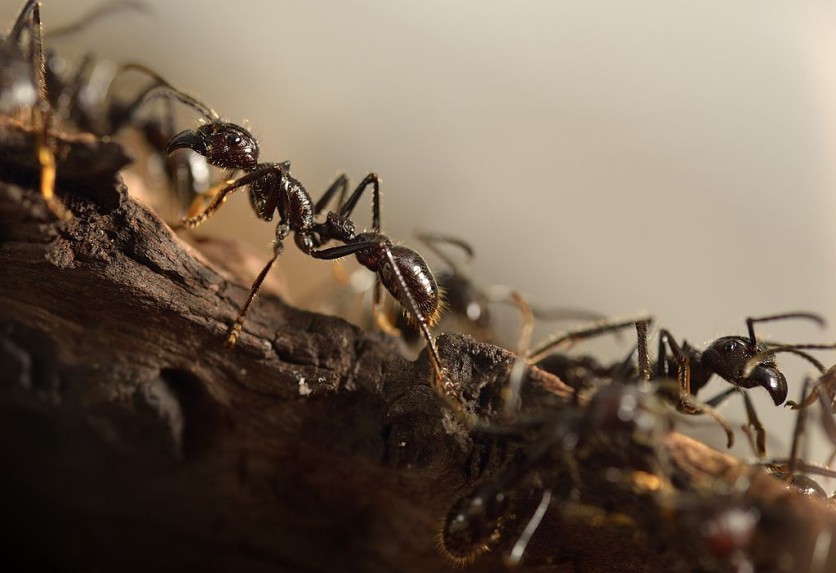Scientists are using new tracking technology called CATER, which uses computer vision for studying animals, to discover desert ants foraging lives and conclusions on how they navigate their natural environment.

Tracking Desert Ants
CATER (Combined Animal Tracking & Environment Reconstruction) is now being used by scientists to discover the foraging lives of desert ants and to reveal interesting conclusions on how they navigate their natural environment.
Interesting Engineering reported that desert ants learn incredibly quickly as they memorized their paths toward their homes after just one trip. Scientists also noted that ants' routes evolved over time as they indicate different strategies to explore different outcomes.
University of Sheffield Machine Learning and Robotics Senior Lecturer Dr. Michael Mangan stated, "We captured this data during a summer field trip, but it has taken 10 years to build a system capable of extracting the data, so you could say it's been a decade in the making."
Mangan led the invention of the new tracking system, along with University of Münster's Lars Haalck and Benjamin Risse, and University of Edinburg Centre for Integrative Biology of Toulouse and Barabara Webb's Antoine Wystrach and Leo Clement. The University of Sheffield released this study on Friday.
The technology uses artificial intelligence and other computer vision to track the position of the insect, functioning despite background clutter, obstructions, and shadows. Mangan added that he has always been fascinated by how these insects can navigate long distances for up to 1 kilometer in landscapes where temperatures are over 50 degrees Celsius.
Inspiring Future Robots
The collected insights by CATER are already being turned into commercial products by the University of Sheffield company Opteran. Using low-cost sensors and computing, scientists are reverse engineering insect brains to develop robust autonomy.
Phys.Org reported that this new software works not only for desert ants but across all animal types. This tracking technology is already being adopted by several international research groups and is also suited for citizen science projects.
Mangan found through the high-precision data gathered that desert ants are the ideal inspiration for next-generation bio-inspired robots as they navigate over long distances through harsh environments. Desert ants do not usually rely on pheromone trails compared to other types of ants.
Read also: Ants
Also Read Ants: Detect Cancer Tumors Through Smelling Patients' Urine
Before this technology, ants are being tracked by scientists using pen and paper by hand. This involves creating a grid on the ground with string and stakes, monitoring their behavior within the made gird. Another traditional method is by using a Differential Global Positioning System or GPS, which is rarely used for its cost and low precision.
Through CATER, Mirage News reported that Mangan hopes to build a more complete picture of how insects learn to pilot themselves through their habitats. Developing a new tracking technology aims to bring new scientific knowledge and inform future engineers about they could build similar systems using AI.
Related Article : Plant Expert Unveils Purple Tomato With Blueberry-Like Health Benefits

![Apple Watch Series 10 [GPS 42mm]](https://d.techtimes.com/en/full/453899/apple-watch-series-10-gps-42mm.jpg?w=184&h=103&f=9fb3c2ea2db928c663d1d2eadbcb3e52)



